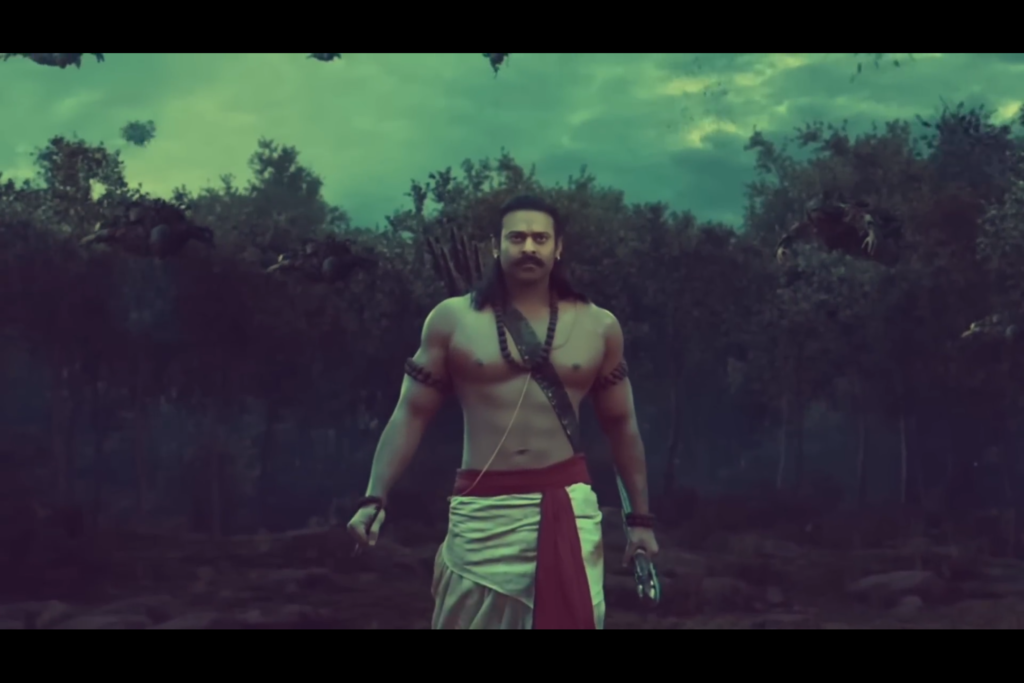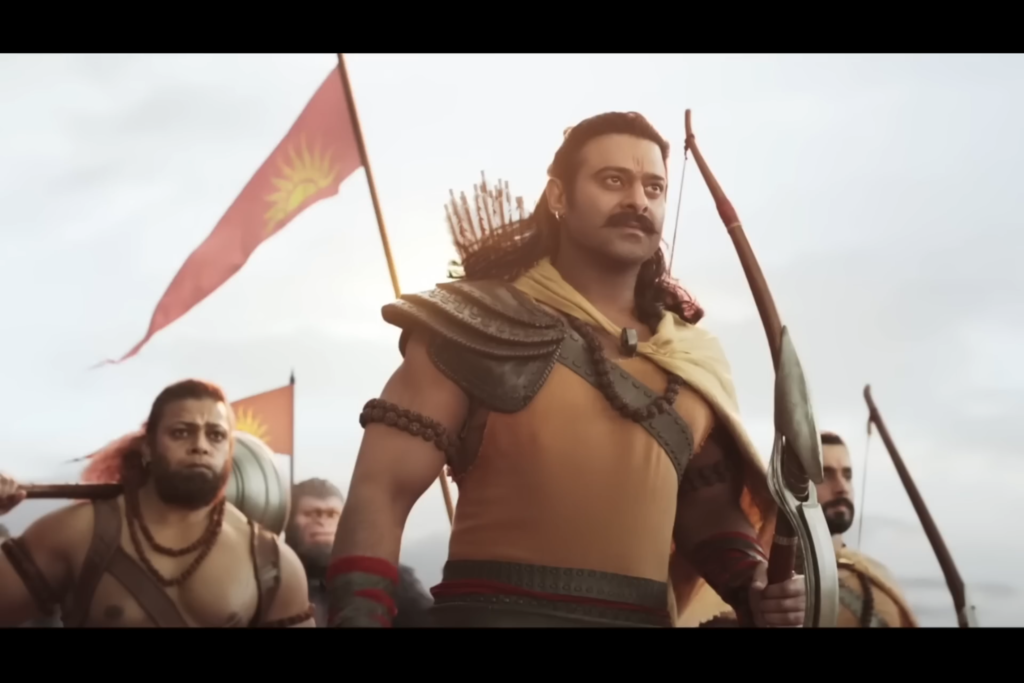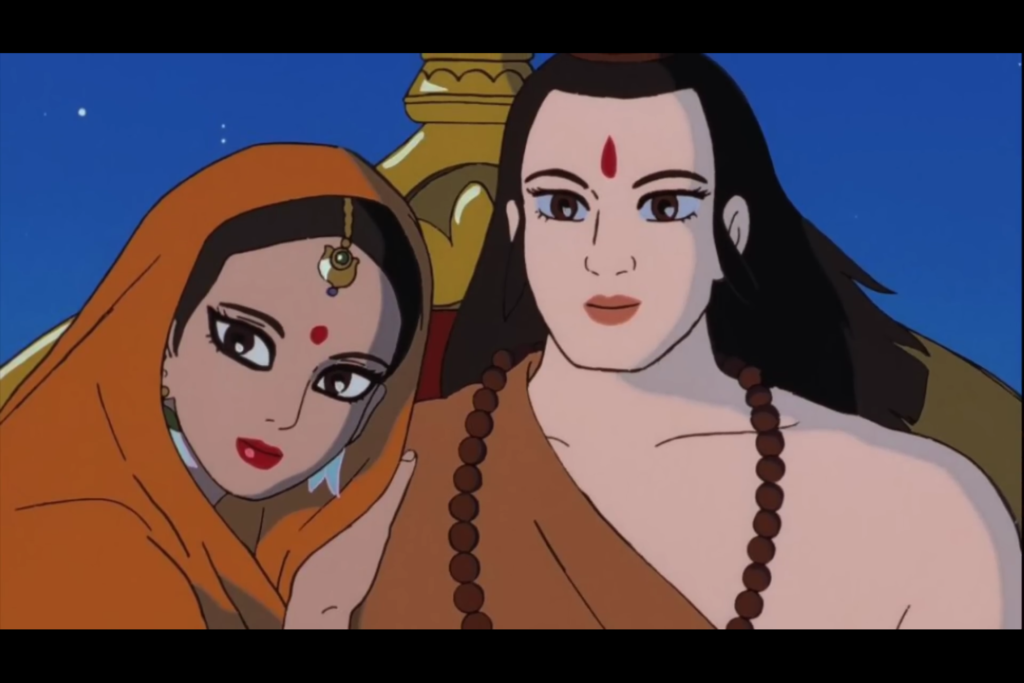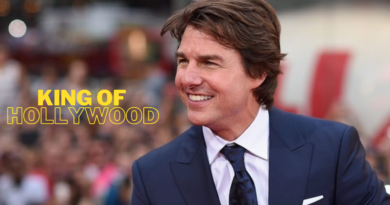Ramayana: Magnum Opus Adaptation of the Epic With Ranbir Kapoor as Ram
Why AdiPurush Failed to Impress and How the Ramayan Trilogy Can Redeem It
The Ramayan stands as an enduring and cherished narrative within Indian culture, having undergone numerous adaptations across languages and mediums throughout the centuries. From its original Sanskrit rendition by Valmiki to the iconic TV series by Ramanand Sagar, this epic tale has left an indelible mark on Indian storytelling. Nonetheless, not all adaptations have managed to capture the essence of the source material successfully. A recent case in point is the film “ADI Purush,” helmed by director Om Raut and featuring Prabhas as Ram, Saif Ali Khan as Ravan, and Kriti Sanon as Sita.
“ADI Purush” was promoted as a grand spectacle, promising to present the timeless narrative of the Ramayan in a contemporary and engaging manner, particularly appealing to younger audiences. However, it ultimately disappointed both fans and critics alike. The film fell short of expectations, marred by subpar execution, lackluster visuals, and a narrative that failed to captivate.
Explore more about the Ramayan and its adaptations, but be aware of the pitfalls to avoid when attempting to retell this cherished story.

What Went Wrong with AdiPurush?
“ADI Purush” was anticipated as a cinematic tribute to the exemplary virtues and valor of Ram, the embodiment of an ideal man and king, and his epic confrontation with Ravan, the formidable and shrewd demon king. Unfortunately, the film fell short of its mission to authentically convey the profound essence and spirit of the Ramayan. Instead, it delivered a skewed and diluted interpretation of the narrative. Key drawbacks of the film include:
- The casting: The choice of actors for the main roles was questionable, as they did not fit the characters they were portraying. Prabhas looked too rugged and aggressive as Ram, who is supposed to be calm and compassionate. Saif Ali Khan looked too old and tired as Ravan, who is supposed to be charismatic and formidable. Kriti Sanon looked too bland and passive as Sita, who is supposed to be strong and graceful.
- The styling: The costumes, makeup, and hairstyles of the characters were also poorly done, as they did not match the historical or cultural context of the story. The characters appeared to be dressed in inexpensive and gaudy attire that did not align with their personalities or roles. For example, Ravan’s look was kept hidden for so long, only to reveal a ridiculous and laughable appearance that resembled a cartoon character more than a demon king.
- The visual effects: The film relied heavily on computer-generated imagery (CGI) to create the world of Ramayan, but the quality of the CGI was subpar and unconvincing. The scenes came across as contrived and lacking in realism, particularly those featuring animals like Bali, Sugriva, Hanuman, Jatayu, and others. The CGI used in the film contributed to a somber and lackluster visual presentation, almost as if attempting to mask imperfections and glitches in the graphics.
- The writing: The film also suffered from a weak and boring script that did not do justice to the rich and complex story of Ramayan. The film did not follow the original story of Ramayan closely, and omitted or altered many significant events and characters. For example, the film did not show how Dasharath banished Ram to the forest for 14 years, how Kaikeyi influenced him to do so, how Bharat remained faithful to Ram and refused to take the throne, how Shurpanakha provoked Lakshman to cut off her nose, etc. The film also failed to convey the emotions and feelings of the characters, and made them seem shallow and lifeless.
How the Ramayan Trilogy Can Be the Ultimate Adaptation of the Epic Story
The Ramayan, a timeless tale, has enthralled and motivated generations of Indians with its themes of love, duty, courage, and faith. It revolves around Ram, the embodiment of the ideal man and king, who confronts numerous trials and challenges in his quest to rescue his beloved wife Sita from the clutches of Ravan, the malevolent demon king. This saga has been recounted in various forms and languages, from the ancient Sanskrit epic penned by Valmiki to the contemporary TV serial crafted by Ramanand Sagar.
Nevertheless, not every adaptation of the Ramayan has managed to uphold the integrity of the original narrative or meet the audience’s expectations. A notable example of this is the recent film “ADI Purush,” directed by Om Raut and featuring Prabhas, Saif Ali Khan, and Kriti Sanon. Marketed as a grand and magnificent spectacle promising to bring the Ramayan to life on the big screen, the film ultimately fell short, leaving disappointment in its wake by failing to capture the profound essence and spirit of this beloved epic.
Discover more about the Ramayan and its adaptations, but be mindful of the potential pitfalls that can compromise the authenticity of this revered story.

How Can the Ramayan Trilogy Do Better?
The failure of ADI Purush has left many fans disappointed and disillusioned with Bollywood’s ability to adapt the Ramayan on the big screen. Nonetheless, there is reason to be optimistic about the possibility of a more faithful adaptation of the Ramayan story, as another project is currently in development. This ambitious undertaking is a trilogy directed by Nitesh Tiwari, a filmmaker renowned for his critically acclaimed works such as “Dangal” and “Chhichhore.” The trilogy is rumored to star Ranbir Kapoor as Ram, Yash as Ravan, and Sai Pallavi as Sita. The trilogy is expected to go on floors in 2024.
The Ramayan trilogy has a lot of potential to redeem Bollywood’s reputation and impress the audience with its rendition of the Ramayan. Some of the factors that can make it a success are:
- The director: Nitesh Tiwari is a talented and versatile director who has proven his skills in making films that are entertaining, inspiring, and meaningful. He has a knack for storytelling that can capture the essence and spirit of the Ramayan in a way that appeals to both old and new generations.
- The cast: Ranbir Kapoor, Yash, and Sai Pallavi are among the most talented and popular actors in India today. They have shown their versatility and charisma in various roles across different genres. They can bring life and depth to their characters of Ram, Ravan, and Sita respectively.
- The budget: The trilogy is reportedly being made on a massive budget of Rs 500 crore (approximately $68 million), which is one of the highest for any Indian film ever made. This trilogy holds the potential to allocate substantial resources to elevate its production values, including costumes, sets, locations, and visual effects. It can also enlist top-tier technicians and industry experts to guarantee an authentic and realistic cinematic experience.
- The format: The trilogy has the potential to comprehensively encompass all the pivotal events and characters from the original narrative, including Ram’s formative years, his union with Sita, his exile, his profound connection with Hanuman, the epic clash with Ravan, and his triumphant homecoming to Ayodhya. Furthermore, this project can explore the intricate motivations and viewpoints of diverse characters, such as Ravan’s unbridled ambition, Sita’s unwavering devotion, and Lakshman’s steadfast loyalty, adding depth and dimension to the storytelling.

The Flaws of AdiPurush
ADI Purush was supposed to be a film that would celebrate the heroism and valor of Ram and his epic battle against Ravan. However, the film failed on many levels, such as:
- The casting: The actors chosen for the main roles did not suit the characters they were playing. Prabhas looked too rough and angry as Ram, who is supposed to be calm and compassionate. Saif Ali Khan looked too old and weary as Ravan, who is supposed to be charismatic and formidable. Kriti Sanon looked too dull and passive as Sita, who is supposed to be strong and graceful.
- The styling: The costumes, makeup, and hairstyles of the characters were also poorly done, as they did not match the historical or cultural context of the story. The characters looked like they were wearing cheap and tacky outfits that did not fit their personalities or roles. For example, Ravan’s look was kept hidden for so long, only to reveal a ridiculous and laughable appearance that resembled a cartoon character more than a demon king.
- The visual effects: The film relied heavily on computer-generated imagery (CGI) to create the world of Ramayan, but the quality of the CGI was subpar and unconvincing The cinematic sequences appeared contrived and lacking in realism, particularly those featuring animals such as Bali, Sugriva, Hanuman, Jatayu, and others. Additionally, the CGI implementation in the film contributed to a somber and lackluster visual presentation, almost as if it were an attempt to obscure imperfections and discrepancies within the graphics.
- The writing: The film also suffered from a weak and boring script that did not do justice to the rich and complex story of Ramayan.
The film omitted or altered numerous crucial events and characters from the original narrative, such as Dasharath’s decision to exile Ram, Kaikeyi’s pivotal role in this act, Bharat’s unwavering loyalty to his brother Ram, and the encounter between Lakshman and Shurpanakha. Additionally, the film suffered from a deficiency in depth and emotional resonance within its dialogues and scenes, resulting in a presentation that felt two-dimensional and lacking in substance.

The Ramayan is a timeless and universal story that has inspired and influenced millions of people across the world. It deserves to be told and shown in a way that honors and respects its legacy and relevance. While ADI Purush failed to do so, the Ramayan trilogy can still do it. We hope that the Ramayan trilogy will be the film that we all have been waiting for.




Pingback: Unveiling Trailer Flaws: Kangana Ranaut’s Tejas and Tiger Shroff’s GanPath Trailers Critiqued for Performance, Special Effects, Stereotypical Roles, and Copycat Visuals. - CINEMASAGES
Pingback: Cheating And Infidelity in Bollywood Films And its Glorification: - CINEMASAGES